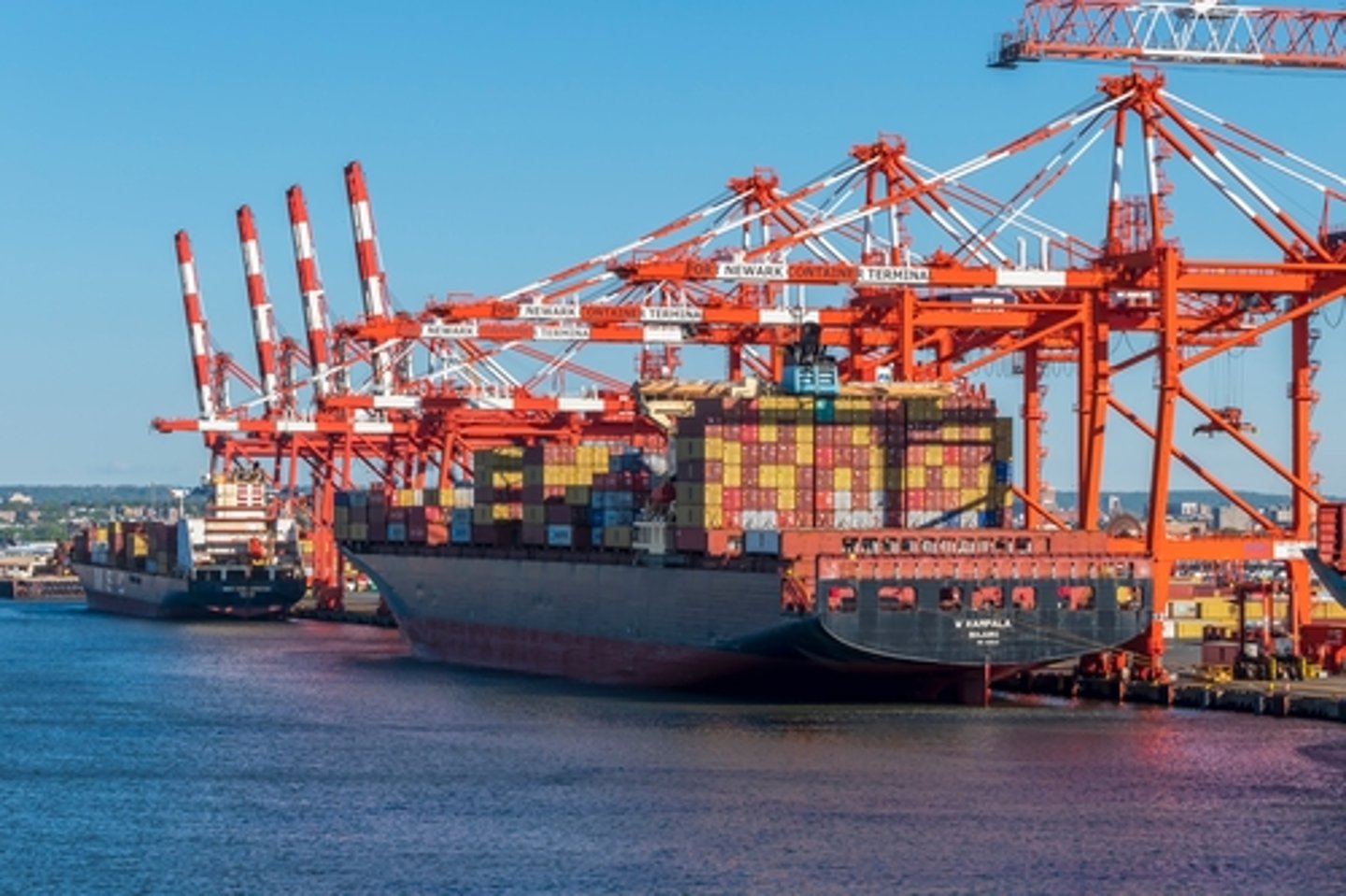Labor Issues, Tariffs Could Boost Near-Term Traffic At U.S. Ports
The nation’s ports could be busier in the foreseeable future as retailers work to plan ahead of another potential East Coast/Gulf Coast port strike and the possibility of tariffs being implemented by the new administration in the coming year.
While the October ports strike lasted only three days, there is the possibility of a longer strike should an agreement on a new labor contract not be reach in mid-January, said Jonathan Gold, vice president for Supply Chain and Customs Policy with the National Retail Federation.
“That has retailers spending extra to bring in cargo early or continue shifting it to the West Coast to avoid any potential disruptions, much like they did earlier this year,” he said.
The International Longshoremen’s Association briefly went on strike at East and Gulf Coast ports in October after its contract with the U.S. Maritime Alliance expired. But longshoremen went back to work after the parties agreed to a wage increase and a contract extension until January 15. The parties are set to resume formal negotiations next week.
Beyond concerns over more labor issues, retailers are also planning to offset the possibility of new tariffs in the year ahead.
“We’re hearing that some merchants will also move up shipments to avoid the costly tariff increases expected after Donald Trump returns to the White House,” Gold said. “Neither of these developments is good for retailers, their customers, or the economy.”
A recent report by the NRF said American consumers could lose between $46 billion and $76 billion in spending power annually if new tariffs on imports to the U.S. are implemented.
With retailers focused on labor issues at the ports and possible new tariffs, cargo traffic is expected to grow. U.S. ports covered by the NRF and Hackett Associates’ Global Port Tracker handled 2.29 million Twenty-Foot Equivalent Units – one 20-foot container or its equivalent – in September, although the Ports of New York/New Jersey and Miami have yet to report final data. That was down 1.3% from August but up 12.8% year-over-year.
Ports have not yet reported October’s numbers, but Global Port Tracker projected the month at 2.13 million TEU, up 3.7% year-over-year. November is forecast at 2.15 million TEU, up 13.6% year-over-year, and December at 1.99 million TEU, up 6.1%. That would bring 2024 to 25.3 million TEU, up 13.6% from 2023.
The numbers have not yet been revised to reflect recent election results, but do consider the potential port strike. October was previously forecast at 2.12 million TEU, November at 1.91 million TEU, and December at 1.88 million TEU, and the total for 2024 was previously forecast at 24.9 million TEU.
January 2025 is forecast at 2.01 million TEU, up 2.5% year-over-year; February at 1.77 million TEU, down 9.3% because of fluctuations in the timing of Lunar New Year shutdowns at Asian factories, and March at 2.01 million TEU, up 4.4%.




